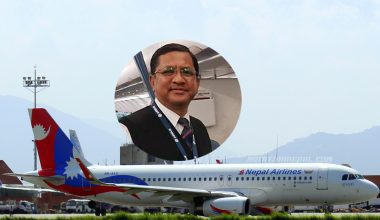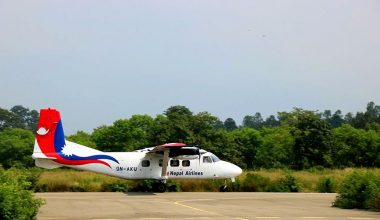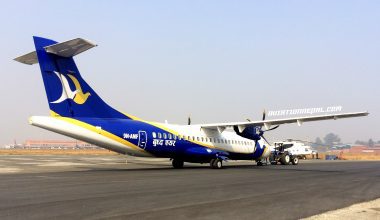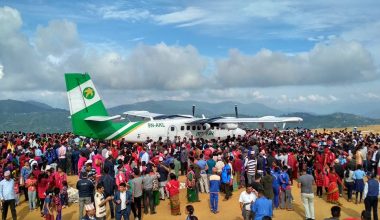Unmanned Aerial Vehicles (UAVs) also known as Unmanned Aircraft Systems (UASs) will soon cover considerable portion of the skies being responsible for the delivery of goods, disaster recovery efforts, airport management and even passenger transport.
So, International Aviation Transport Agency (IATA) is preparing strategies for the short-term and long-term prospects of embracing drones into the airspace and into the airline operations.
UAVs such as drones can be utilized for various airport operations that may increase and improve safety as well as reduce the time spent on the ground for aircraft thus saving costs. Besides, drones can be useful for airport surveillance, monitoring of the perimeter of the airport, inspection of runway and bird and wildlife control.

UAVs can also be deployed to clear the skies around the airport making aircraft safe for flight operation as drones can be designed to look like birds of prey.
According to the FAA report, “Bird strikes are a serious aviation safety issue as demonstrated in recent years by the emergency forced landing of an Airbus 320 with 159 passengers and crew in the Hudson River in January 2009 after Canada geese were ingested in both engines and the 19-fatality crash of a Dornier 228-200 in Nepal in September 2012 after a black kite was struck on take-off. Globally, bird and other wildlife strikes killed more than 262 people and destroyed over 247 aircraft from 1988 – September 2016.”
Clear Flight’s Robird and Integrated Drone Solutions were deployed at Edmonton International Airport this year as part of the airport’s Wildlife Management Plan (details on the Youtube video above).
Drones can also be practically used in airlines and aircraft inspection. EasyJet led the way in 2014 using drones for aircraft inspections. IATA says, “Such application of a drone is an opportunity to make aircraft administration faster, share information with all the maintenance companies and really an opportunity to make the whole process more efficient and digital, and because it’s faster it’s, in the end, more affordable.”
But the increasing number of drone and other UAVs can be a hazard as well as hurdle for air traffic management. So, IATA is planning to work with technology providers, governments and regulators to ensure that there is room for all the aerial vehicles.
NASA is working to develop advanced Air Traffic Management (ATM) and UAS Traffic Management (UTM) which may ultimately assist Uber (global transportation technology company) deploy its planned air taxi systems in future.






